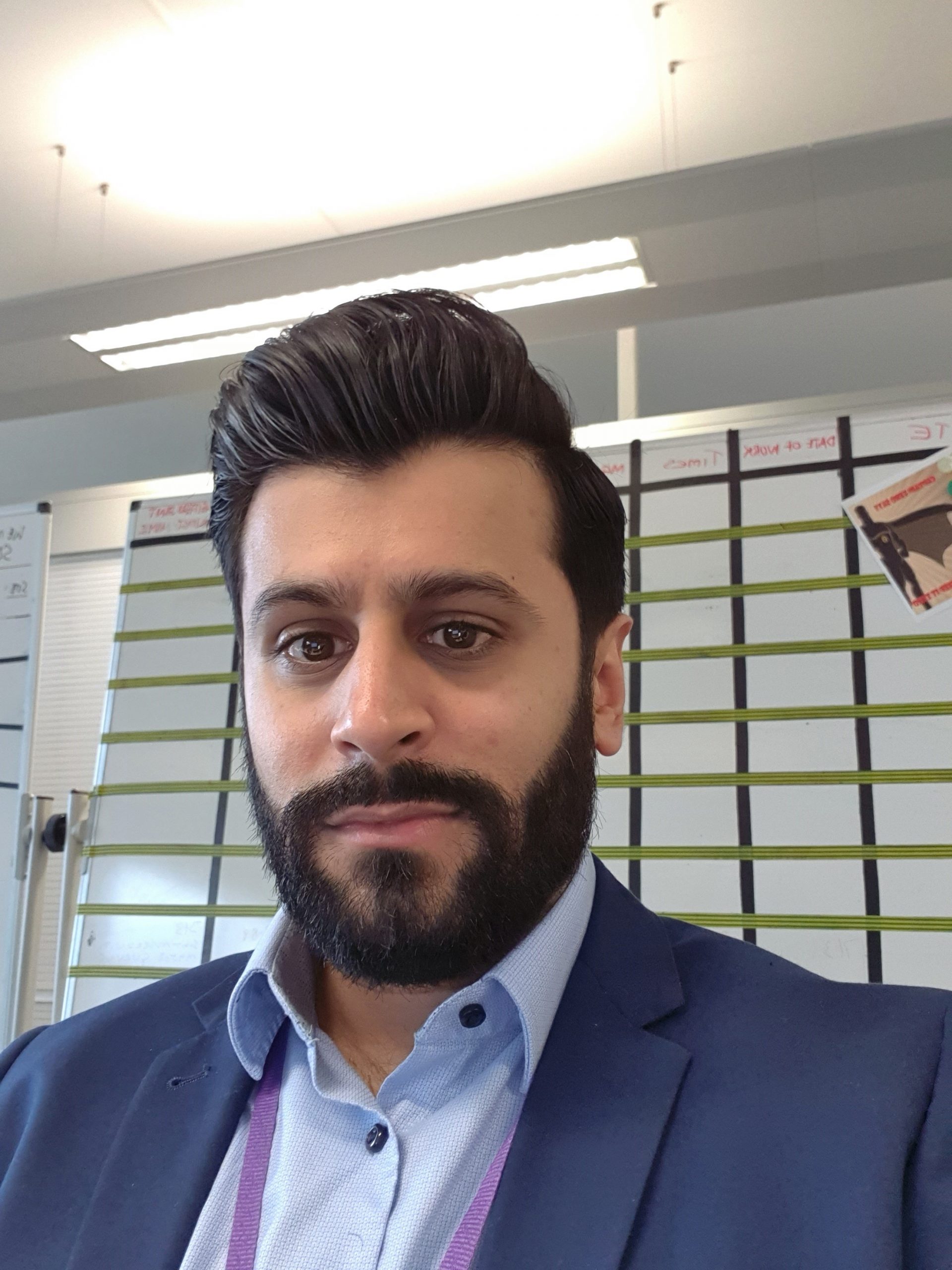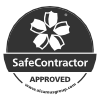Suhail Abbaas is a water quality and environment manager at Severn Trent Services. He talks about his job and how the team have brought in golden measures to achieve compliance more effectively and efficiently.

Tell us more about your job Suhail
I work in an area of the business that provides nationwide water and wastewater asset management services for private networks.
Like public networks, private networks are governed by regulations to protect people’s health and the environment. That’s why the private networks we manage for our customers must remain compliant.
My job is to monitor and review certain metrics, like water quality, to help Severn Trent Services to prevent and react to potential compliance breaches. This ensures a continuous supply of wholesome, potable water and the safe discharge of wastewater.
How do you help to achieve compliance on behalf of your customers?
As an organisation, we’ve introduced golden measures to define what good looks like and what needs to happen if we cannot achieve that.
It’s allowed us to set limits against each metric we measure. For example, regulations might state that turbidity must be below one nephelometric turbidity unit (NTU). If we go above that limit, it’s classified as a failure.
To prevent failures from happening in the first place, we set ourselves more ambitious limits. That means our golden measures become an early warning system.
We use a RAG (red, amber, green) approach. Put simply, green means things look normal. Amber means we need to do something. Red means there’s an imminent compliance failure.
How did you go about setting those golden measure limits?
There are standards we must abide by. But we also harvest the rich insight available to us via our operations and maintenance (O&M) teams, who are at our customer’s sites every day.
This information is powerful because the types of things we measure are affected by many local factors. For example, if there’s an increase in the population served by a water treatment works, it will impact the numbers. Equally, adverse weather conditions can do the same.
How does it help to have insight from your O&M teams?
A failure is a failure, there’s no disguising that.
But we use the knowledge we have from our O&M teams to set our golden measures limits. Using our people’s expertise, we’ve developed rules for how we prevent and react to potential compliance breaches that consider local factors.
This means our people feel more engaged, and we run our business more effectively and efficiently – offsetting environmental risks for our customers.
For example, it might be okay for one customer site to have a specific range in turbidity levels because of local factors we’re aware of. Therefore, we’d alter the limits to reflect this and, in turn, reduce unnecessary action.
All our information is available onsite in hard formats – and centrally via software and systems – to track trends and review limits should we need to.
What results have you seen from your golden measures approach?
Golden measures mean genuine compliance failures are a rare thing. The wastewater alerts alone have come down by 50% since 2021.
As an example, I remember the extreme heat waves we had last year, where temperatures exceeded 30 degrees.
Our golden measures – alongside local investigations and sample tests – quickly alerted us to a rise in suspended solids, a potential water quality issue.
However, this was speedily remedied using a fish tank filter floss in the outlet chamber. A prompt, cost-effective and local solution that prevented around five failures in two weeks – thanks to golden measures.
For more information, why not drop Suhail a line? Email Suhail.Abbaas@stservices.co.uk









